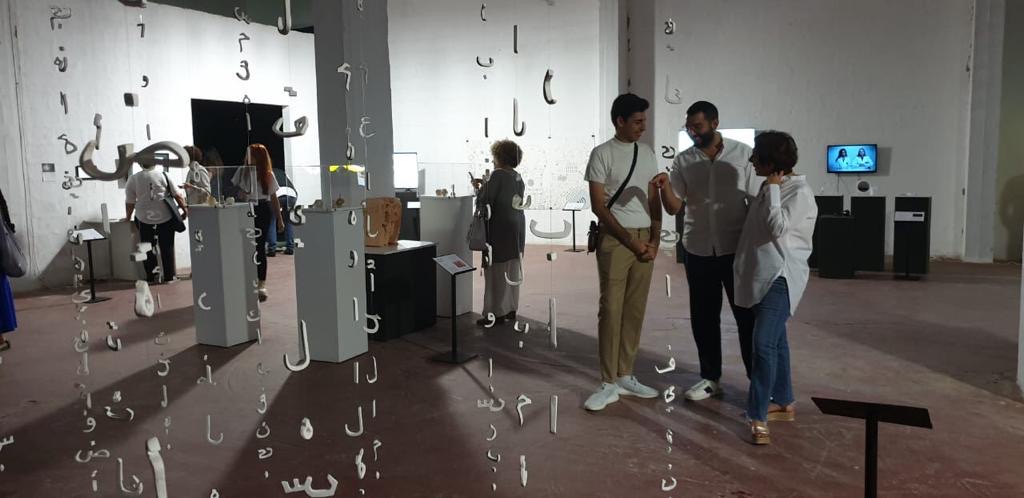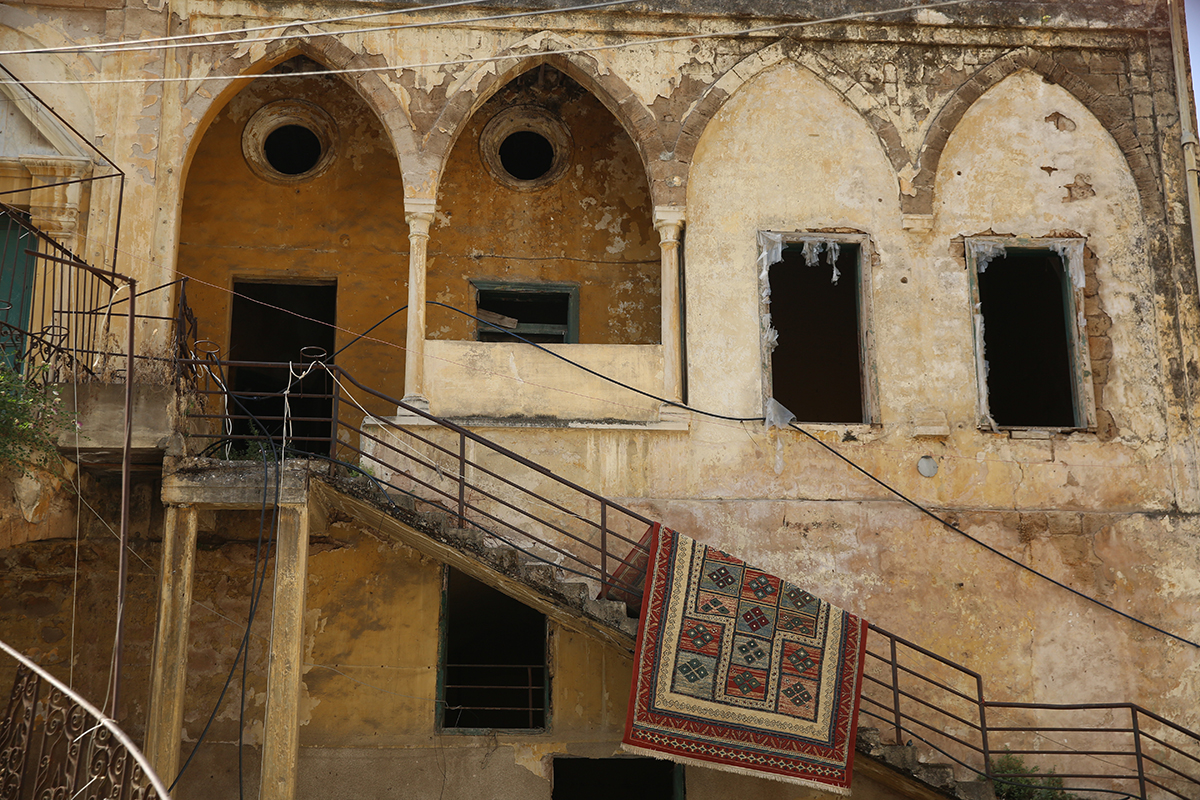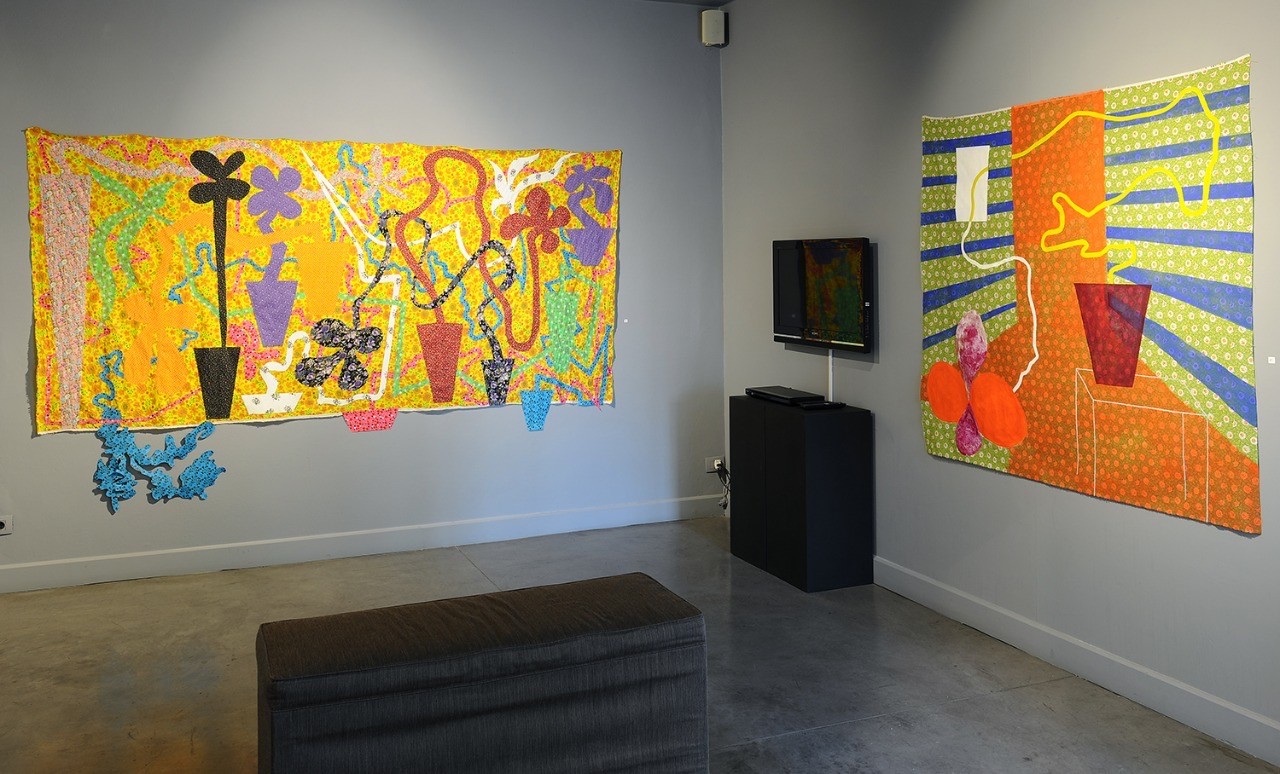Like many other sectors, Lebanon’s art scene has had to adapt to numerous challenges. Joumana Rizk-Yarak, founder and managing director of MIRROS, a communication and media services company whose clients include a number of art galleries and art spaces in Lebanon, tells us more about what’s happening in the country and the importance of fostering cultural awareness.

MACAM, Alita
It is a challenging period for Lebanon’s art scene, particularly due to the economic crisis in Lebanon and the COVID-19 pandemic. How have galleries been faring during this time?
During the first weeks and months, galleries searched for options and alternatives. Many were incredibly creative in bringing art directly to their clients, friends, art lovers and supporters through different channels, whether it be through online exhibitions, movie screenings, talks, etc. The world was hit by COVID-19, but Lebanon was also hit by the economic crisis. We all know that resistance during challenging times is expressed through art, so many institutions tried to survive through creative channels. Hashtags like #ResiliArt #ShareCulture and others went viral worldwide. This year, UNESCO celebrated its first World Art Day on April 15. It was a timely reminder that “art has the power to unite and connect in times of crisis,” which is applicable more than ever in Lebanon.
The media has reported an increase in art investment. Is this accurate? If so, what kind of art are people collecting?
Indeed, many people wanted to buy for different reasons, and we could see the increase in buying: some for investment, and some just for the sake of buying a piece of art they always wanted to buy but never had the courage to. The art auctions have been very successful.

© Houda Kassatly, Tripoli, Architectures Plurielles, 2020
What exhibitions are currently running in Lebanon?
In an innovative move, Alice Mogabgab Gallery has devoted 2020 to the pioneering photographer Houda Kassatly in a cycle with 365 photographs presented all year long. Kassatly has held exhibitions until now, two of which can be viewed online on the gallery’s website. Until Thursday July 30, you can visit “Tripoli of the Orient, Plural City” on alicemogabgabgallery.com. In this marvelous exhibition, the photographer looks back on the plural architectures, the know-how and living crafts, and the multiple flavors of Tripoli of the Orient. Through 41 photographs taken between 1990 and 2020 and shown for the first time, the online exhibition proposes a reflection on the memory of a city, its present and its future.
There are many other exhibitions in the city at places such as at the Sursock Museum, Tanit Gallery and Janine Rubeiz Gallery.
Museums outside Beirut are also worth visiting, many of which are located in scenic spots along the coast or in the mountains. I’d encourage people to explore MACAM Museum in Alita, Nadim Karam’s A.Muse.UM in Daroun and even discover or rediscover Gibran Khalil Gebran’s museum in Bcharre.

Alice Mogabgab
How can we support Lebanon’s art industry?
There needs to be a clear vision and a cultural policy in Lebanon as it is non-existent. Thanks to initiatives and private institutions, the art and culture scene is still alive. Someone once said: “The role of culture is that it’s the form through which we as a society reflect on who we are, where we’ve been, where we hope to be”. Unfortunately, the “where we hope to be” is missing in Lebanon.
Through joint efforts by public and private sectors, we need to develop this vision with all the strengths and possibilities it can offer to reclaim our position as the cultural hub of the Middle East.
Loading
